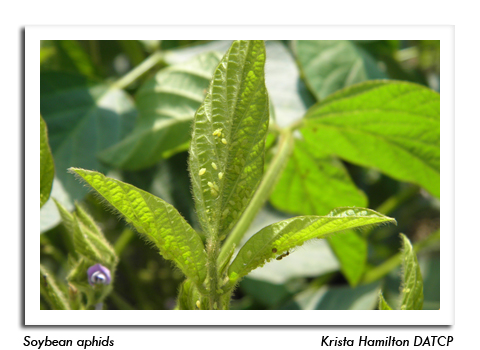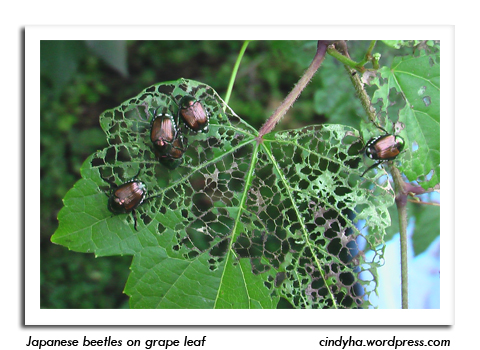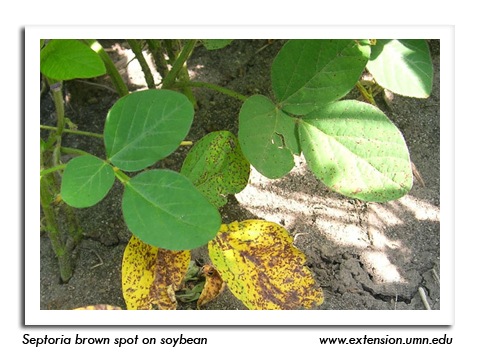
 |
|
|
Soybeans
Volume 58 Number 10 Date 07/11/2013 SOYBEAN APHID - Counts remain low in most fields and moderate at a few sites. Soybeans surveyed from July 1-10 had densities of less than 25 per plant, with the exception of one Fond du Lac County field which had an average of 142 aphids per plant on 100% of the plants (based on examination of 20 plants per field). Due to the inconsistency in aphid pressure and the potential for colonies to increase abruptly as soybeans enter the early reproductive stages, repeated scouting will be necessary throughout July and early August. JAPANESE BEETLE - This generalist defoliator is appearing in soybeans, corn and other crops. Beetle populations can vary greatly between the field interior and border rows, emphasizing the importance of thorough inspection of all areas of soybean and cornfields before making control decisions. Soybeans can usually tolerate substantial defoliation without reduction in yield potential, although treatment is justified for fields with defoliation in excess of 30% prior to bloom and 20% between bloom and pod fill. SEPTORIA BROWN SPOT - Soybeans in Sauk County are showing moderate symptoms of this foliar disease, favored by wet, humid conditions. Brown spot normally does not reduce plant growth or yield, and soybeans outgrow it effects in most years. The primary result of infection is premature defoliation of lower leaves. Foliar fungicides can provide some control in rare situations when an application is warranted. -- Krista Hamilton, DATCP Entomologist 



|
|
|